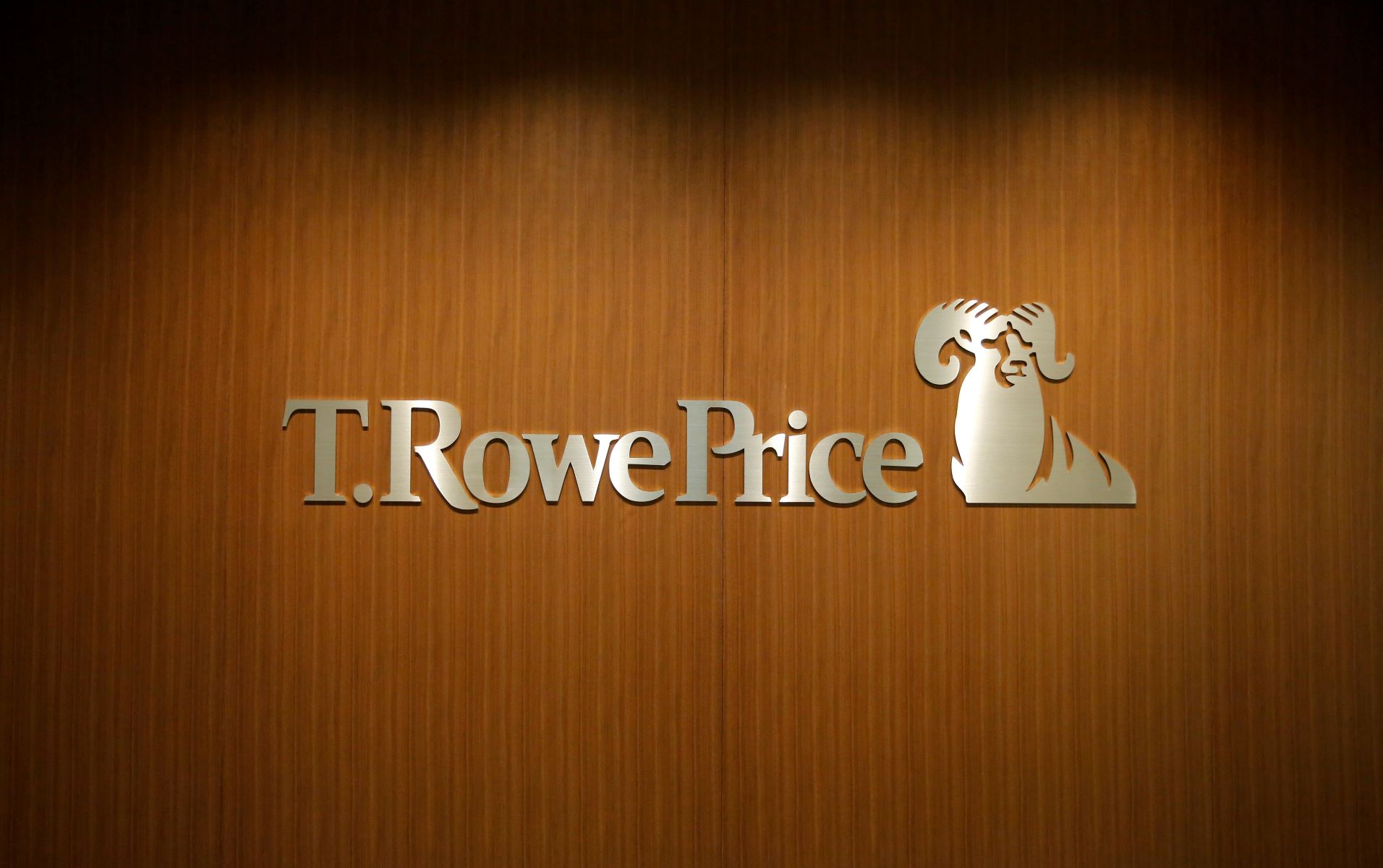Home>Finance>Term Asset-Backed Securities Loan Facility (TALF) Definition


Finance
Term Asset-Backed Securities Loan Facility (TALF) Definition
Published: February 7, 2024
Learn the definition of the Term Asset-Backed Securities Loan Facility (TALF) in finance and how it impacts the financial market.
(Many of the links in this article redirect to a specific reviewed product. Your purchase of these products through affiliate links helps to generate commission for LiveWell, at no extra cost. Learn more)
Welcome to the World of Finance: Understanding TALF
When it comes to navigating the complex world of finance, understanding the various terms and concepts is crucial whether you are an investor, borrower, or simply someone looking to expand your financial knowledge. Today, we will delve into the intricacies of the Term Asset-Backed Securities Loan Facility, more commonly known as TALF.
Key Takeaways:
- TALF is a program introduced by the Federal Reserve in response to the 2008 financial crisis.
- It aims to encourage lending and support the asset-backed securities market by providing low-cost funding to investors and borrowers.
Now, let’s dive into the details of TALF and explore why it’s an important aspect of the financial landscape.
1. What is TALF?
The Term Asset-Backed Securities Loan Facility (TALF) is a specialized program introduced by the Federal Reserve in response to the 2008 financial crisis. It was designed to boost the asset-backed securities market, which had suffered significant disruptions during the crisis.
2. How does TALF work?
TALF acts as a funding mechanism by providing loans to investors and borrowers. These loans are collateralized by various types of asset-backed securities, such as student loans, auto loans, credit card loans, and small business loans. The loans are structured in a way that encourages investors and borrowers to participate in the market, thereby supporting the flow of credit to consumers and businesses.
3. Who can participate in TALF?
TALF is open to a wide range of participants, including eligible borrowers, such as financial institutions, insurance companies, and other entities. Additionally, borrowers have the flexibility to use these funds to finance the purchase of newly issued asset-backed securities or certain legacy assets. The program’s broad eligibility aims to promote liquidity and strengthen the overall health of the financial system.
4. Why is TALF important?
TALF plays a vital role in supporting the asset-backed securities market, which in turn helps to facilitate lending and promote economic stability. By providing low-cost funding to investors and borrowers, TALF encourages increased participation in the market, leading to increased credit availability for consumers and businesses. This, in turn, can stimulate economic growth and recovery.
5. How does TALF impact the economy?
When TALF stimulates lending and supports the asset-backed securities market, it helps to stabilize the economy by increasing the flow of credit to individuals and businesses. This increased availability of credit can spur economic activity, as it allows consumers and businesses to make purchases, invest, and expand. As a result, TALF can contribute to a healthier and more robust economy.
In conclusion, TALF is a critical program within the finance world, aimed at supporting the asset-backed securities market and boosting lending. By providing low-cost funding to investors and borrowers, it encourages increased participation in the market and helps to stabilize the overall economy. Understanding the intricacies of TALF can empower individuals and businesses to navigate finance with confidence.














